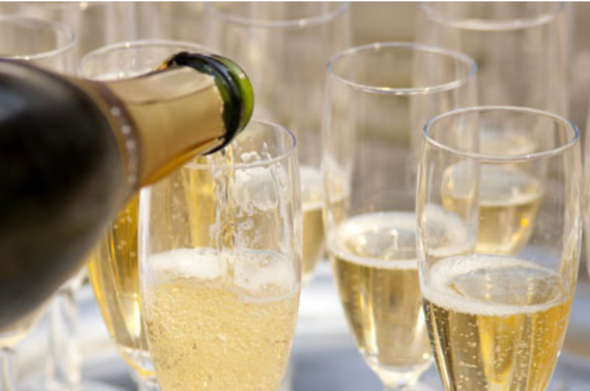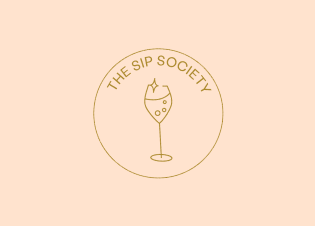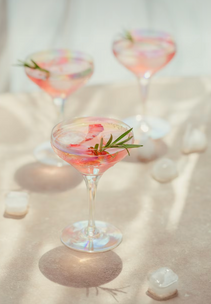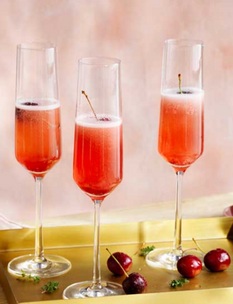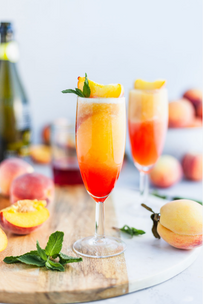If you’ve ever sipped on champagne and noticed “brut” on the label, you’re not alone. It’s one of those fancy-sounding words we see but don’t always know what it means. Let’s pop the cork on this mystery!
The Sparkling Lowdown: What’s a Brut?
First things first: “brut” is just a way to describe how sweet (or in this case, not sweet) your champagne is. Brut literally means “dry” in French, but when it comes to champagne, it’s all about sugar levels. When you see “brut” on a bottle, you're getting a sparkling wine that’s low in sugar, making it crisp, refreshing, and perfect for those who like a more balanced, not-too-sweet sip.
How Much Sugar Are We Talking?
In the sparkling wine world, sugar is added after fermentation through something called “dosage” (fancy word alert!). This final step adds a touch of sweetness. A brut champagne has a dosage of up to 12 grams of sugar per liter. That might sound like a lot, but it’s actually very little compared to other types of bubbly. Brut’s low sugar level keeps the wine’s flavors zesty and vibrant!
So, Is Brut the Same as Dry?
Here’s where it gets a little tricky. In wine-speak, “dry” doesn’t always mean what we think it does. Brut is technically dry, but if you want something even drier (as in, almost no sugar at all), you’d go for “extra brut” or even “brut nature,” which have even less sugar than a regular brut. Confusing? A little! But don’t worry—just remember, brut is a nice middle ground between not-too-sweet and not-too-dry.
What Does Brut Taste Like?
Expect a crisp, clean flavor with notes of green apples, citrus, and sometimes a hint of toastiness (yum!). Brut champagnes are refreshing, versatile, and pair well with everything from cheese boards to fried chicken. Seriously, try it—it’s a match made in bubbly heaven!
Why Go Brut?
If you love your champagne with a bit of zing and don’t want to feel like you’re sipping a dessert, brut is your best friend. It’s a crowd-pleaser, perfect for celebrations, casual brunches, or even a Netflix binge with your bestie. Plus, it pairs with so many different foods, it’s practically a party trick in a glass.
Fun Fact: All Champagne Starts Brut!
Even if you eventually end up with a sweeter champagne (like a demi-sec), it starts off as a brut. The winemakers then decide how much sugar to add later. So, brut is basically the OG of champagnes!
Now that you’re in the know, you’re ready to impress your friends with your new champagne expertise. And if you’re in the mood to try something special, don’t forget sign up today for the October Sip Society Box —a curated selection of beautifully crisp white bruts, perfect for sampling the some of our fave brands!
Sue
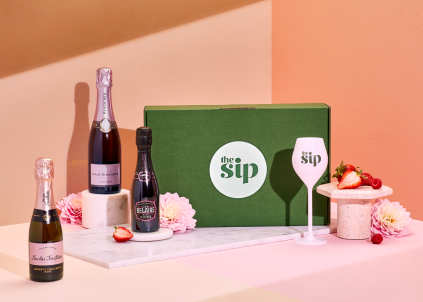
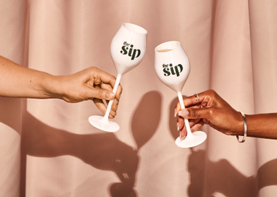




 Back to blog
Back to blog